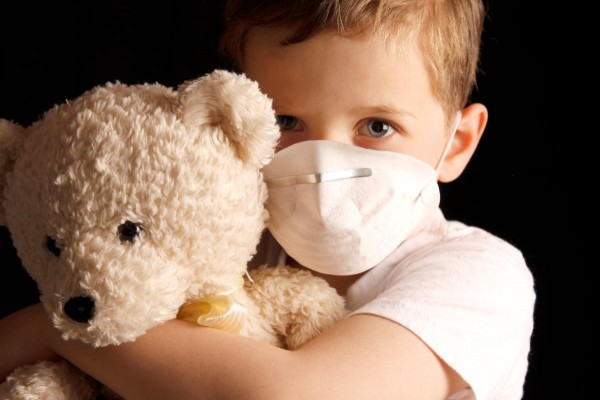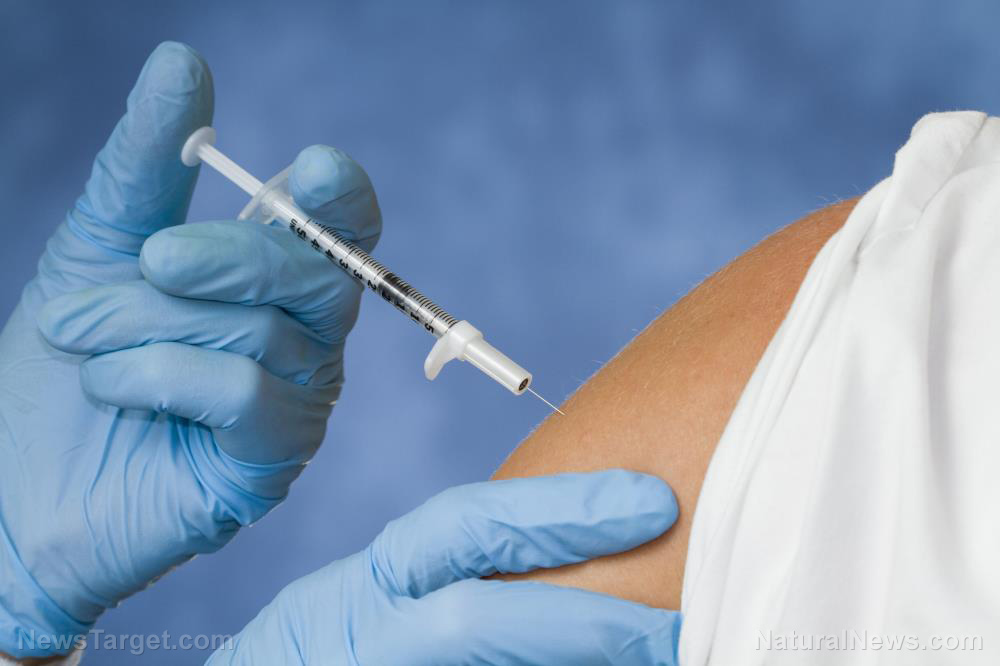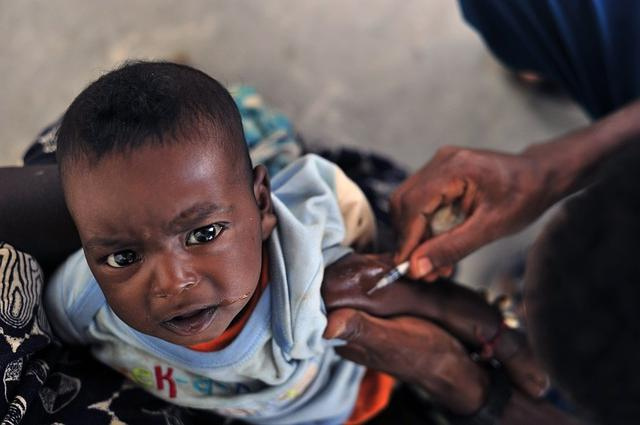New study proves the UNDENIABLE connection between vaccination and autism
06/14/2018 / By Isabelle Z.

How much longer can those who profit from vaccines deny the connection between autism rates and vaccination? With incriminating evidence like the latest report from the Public Health Agency of Canada, their damage control experts will certainly have their work cut out for them.
The agency is about to release its first national autism-related data since 2016, and it shows a steady rise in the prevalence of autism spectrum disorders in the years since 2003. The rates varied by location, with areas like Prince Edward Island, Quebec, and Newfound and Labrador having the highest prevalence.
The story becomes a lot more interesting, however, when you compare the data in the report, which was taken from the Canadian National Autism Spectrum Surveillance System, with the Public Health Agency’s vaccine coverage data, which is broken down by province and vaccine type. It shows that autism prevalence is the greatest where the vaccine rates happen to be the highest. Surprised?
Let’s revisit the provinces with the highest autism rates. In Newfoundland and Labrador, where a 227-percent rise in ASD prevalence was noted from 2003 to 2009, one out of every 57 children has a confirmed ASD diagnosis, compared to the national average of one out of every 66. Vaccine coverage rates there for diphtheria, pertussis, and tetanus are 84.5, 84.2, and 83.9 percent respectively.
It’s a similar story in Prince Edward Island, where one out of every 59 kids has ASD and prevalence climbed by 254 percent from 2003 to 2015. There, the vaccine coverage rates for diphtheria, pertussis and tetanus were 75.8, 74.7, and 74.3 percent respectively. In Quebec, meanwhile, cases increased by 349 percent in the same time period, and one out of every 65 children has ASD. The vaccine coverage rates there for diphtheria, pertussis and tetanus were 79.3, 79.5, and 79.3 percent respectively.
As you can see, these areas have a high ASD prevalence, and they also have high vaccination rates. What happens when we take a look at a province with a substantially lower prevalence of autism? In Yukon territory, just one out of every 125 children has ASD. Is it a coincidence that their vaccine coverage rates for diphtheria, pertussis and tetanus are just 69.9, 68.0 and 68.0 percent respectively? Correlation might not necessarily be causation, but there is clearly a connection here that is worth looking into.
A link worth exploring
In addition to this data, there are tens of thousands of reports from parents of seemingly healthy children developing autism following vaccination. Canadian families don’t have any legal recourse when it comes to compensation for vaccine injury, and not all cases are reported so the actual numbers could be much higher.
There is no shortage of studies linking vaccines to autism, like a 2004 study published in the Medical Science Monitor showing a direct relationship between the rising doses of mercury in vaccines that contain thimerosal and autism prevalence. More evidence can be found in a 2001 study showing that many autism cases were induced by mercury exposure via thimerosal.
Canada finds itself ranking among the top ten nations in the Americas, Asia and Europe when it comes to autism rates. If the country wants to try to stem this concerning problem, health authorities need to stop ignoring the story these statistics tell and consider exactly what it is they are injecting into their children en masse and how it can affect them in the short and long term.
See FluShot.news for more coverage of flu shot dangers.
Sources include:
Tagged Under: autism, Autism spectrum disorder, Canada, disorders, harmful medicine, mercury, side effects, Thimerosal, vaccination, vaccines



















